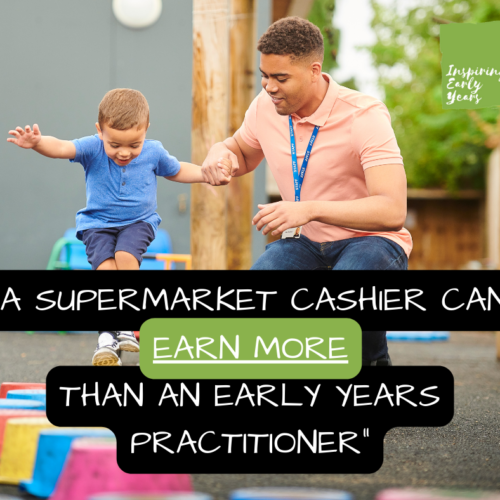It’s National Lazy Day, but in early years we certainly never get the opportunity! Instead, how about starting Yoga sessions with your children?
Yoga can be a great way for children to learn mindfulness and relaxation techniques while also getting some exercise. Here are some helpful tips for teaching children yoga:
Keep it fun
When teaching yoga to children, it’s important to keep the practice fun and engaging. Use playful language, incorporate music and movement, and create a positive and supportive atmosphere.
Start with simple poses
Begin with simple poses that children can easily understand and execute. Some great beginner poses for children include:
 |  |  |  |
| Downward Dog | Cat Pose | Tree Pose | Child’s Pose |
Use stories and themes
Incorporate stories and themes into your yoga classes to keep children engaged. For example, you could use a nature theme and have children imagine they are different animals or plants as they move through poses.
Encourage creativity
Allow children to express themselves creatively through yoga. Encourage them to modify poses and movements to suit their own bodies and personalities.
End with relaxation
End each yoga session with a relaxation exercise, such as guided visualization or deep breathing. This will help children learn to calm their minds and bodies.
Remember, teaching yoga to children is about creating a positive and supportive environment that encourages mindfulness, creativity, and self-expression. With these tips in mind, children can learn to enjoy yoga and all its benefits!
Yoga can benefit children in many ways, including:
- Improved physical fitness and flexibility
- Enhanced focus and concentration
- Reduced stress and anxiety
- Improved sleep
- Increased self-awareness and self-esteem
Teaching children yoga can help them develop lifelong skills for mindfulness, relaxation, and overall well-being.


